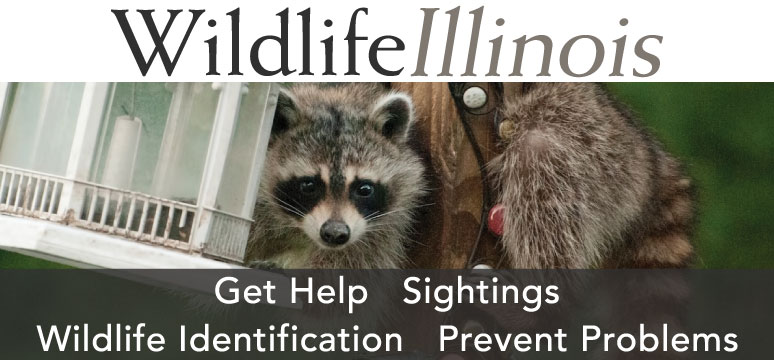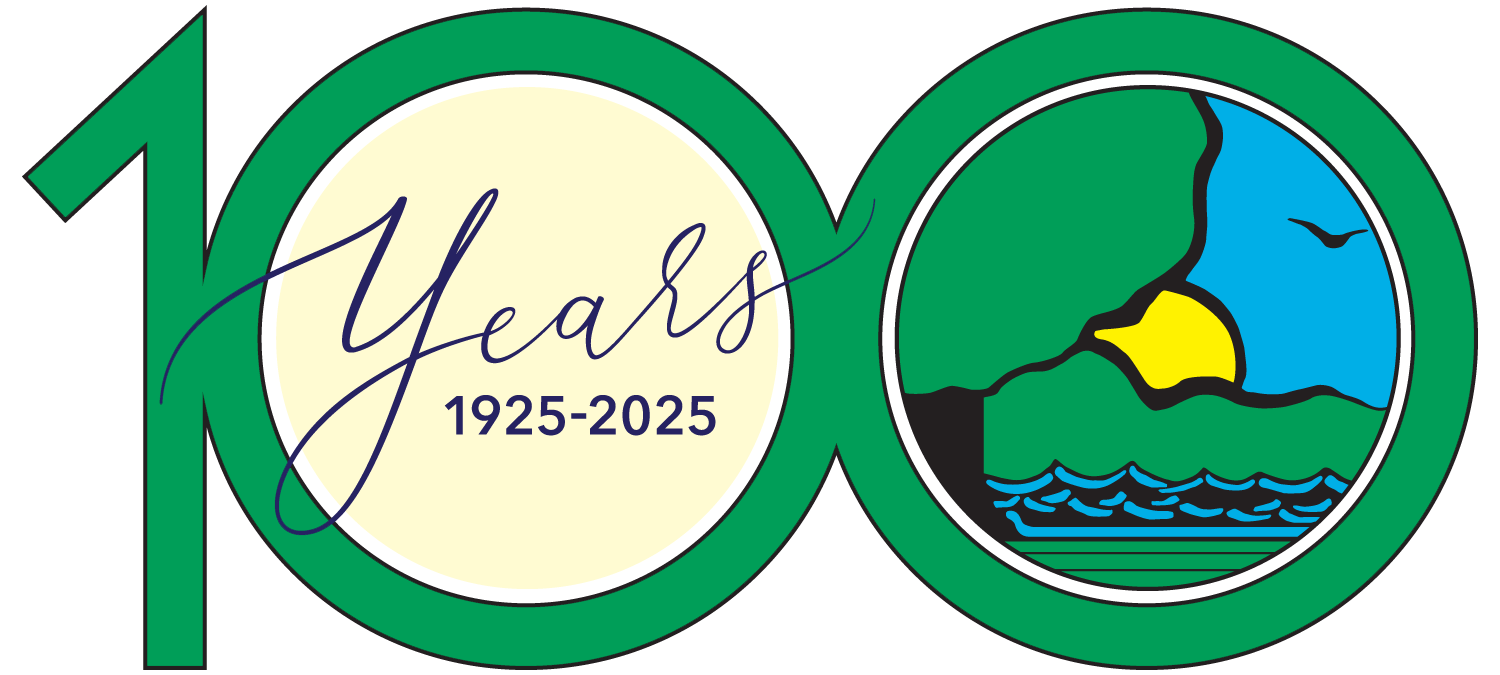
Barb Heyen and members of her conservation team including the Southern Illinois Prescribed Burn Association, conducting a pre prescribed fire meeting. Photo by Shawnee Resource Conservation and Development, Inc.



Barb Heyen and members of her conservation team including the Southern Illinois Prescribed Burn Association, conducting a pre prescribed fire meeting. Photo by Shawnee Resource Conservation and Development, Inc.
Building habitat on private land isn’t easy. That’s why Barb Heyen has built a “conservation team,” to help transform 120 acres of her property in southern Illinois from low quality pasture to quail- and monarch-focused habitat.

Part of the property in Hardin County has been in Barb’s family since the Civil War. When her parents, Waldo and Winne rude, passed away, it was the family’s wish to keep it in the bloodline. At different times the land made enough income to operate through cattle, haying and hunting outfitters, but when those sources of income stopped and Barb couldn’t find agricultural leases that met her needs, she was left trying to find a way to cover the expenses of owning the land. Then she read an article about monarch conservation, and it started her on the path towards creating habitat for pollinators and quail.
“From day one, Barb has been very passionate about her habitat project to save imperiled species like the monarchs and bobwhites,” said Caleb Crawford, a Pheasants Forever and Quail Forever Farm Bill biologist who assists Barb on her land management. “Barb was raised in a small farmhouse on the property, so she has a deep connection with the land. The habitat project was originally a hay field that was left unmaintained after the farmer stopped cutting hay. It grew into a jungle of invasives and undesirables, as do most fields left unmaintained/unmanaged in southern Illinois.”

She started with technical and financial assistance from the U.S. Fish and Wildlife Service Partners for Fish and Wildlife Program. Now, the property is cooperatively managed through multiple programs such as EQIP and Illinois Recreational Access Program, and she receives help from organizations such as the Southern Illinois Prescribed Burn Association.
“Barb was all on board with a large-scale habitat project that would involve a full habitat restoration of the old hayfield along with implementing forestry practices,” Crawford said. “A lot of hard work has gone into this project, and Barb has been able to successfully coordinate efforts from multiple partners to achieve her goals.”
Those goals included building habitat to save quail and monarchs and managing her native oak-hickory forest for wildlife and timber value. Barb didn’t have the equipment and experience necessary to do the work herself so she reached out for help to accomplish those goals.
When asked about how landowners could build their own “conservation team,” Barb said, “After determining your goals for the property, search for partners and organizations/agencies whose purpose and mission will help you reach your goals. Then, work tirelessly to develop a relationship with those folks and constantly communicate with them individually and as a team.”

She has brought together people from Quail Forever, USDA-NRCS, USFWS Partners Program, Southern Illinois Prescribed Burn Association, River to River Cooperative Weed Management Area, Forest Restoration Support Team, Illinois Department of Natural Resources, Quail and Upland Game Alliance, Shawnee Resource Conservation & Development and The Nature Conservancy. Together, they’ve been able to make a big impact on the land.
Coordinating between agencies, NGOs and other local partners can be a challenge. Crawford had the following to say about managing those relationships.
“When working with multiple agencies/partners/NGOs it’s important that everyone is on the same page. A wildlife management plan or restoration plan is needed to keep everyone on track and moving forward. When working with multiple partners and funding sources, it is important to track what money is being used where. This prevents ‘double dipping’ where multiple funding sources are paying for the implementation of the same practices. I encourage all of my landowners to keep records of conversations, practices implemented, and progress of the project. That can give them reference for future habitat management decisions.”

Barb’s vision for the property extends beyond habitat work. She wants her property to be a resource for her community and that vision is already being realized. Researchers from the Southern Illinois University Carbondale have conducted botanical studies on the property. Through the IRAP program, hunters have been able to access the property for recreation, and even other landowners in Hardin County have been able to tour it as an example of how they can implement conservation practices on their own land.
Tim Elliot, a hunter who has access to the property through the IRAP program said, “So far in my hunting time, I have seen 58 deer and numerous turkeys. The different bucks I have seen on this farm actually amazes me. Whatever y’all are doing, keep it up. This farm reminds me of what I see on some of the TV shows about hunting in Illinois…I think the future of this place is going to be amazing.”
“It’s taken all of these people to get me to this point,” Barb says. “It’s been fun. It’s not work.”
With good communication and some effort, landowners can create a management plan and a team of professionals that can make their vision a reality. To learn more about the work Quail Forever is doing in southern Illinois, contact Caleb Crawford at ccrawford@quailforever.org.
Would you like to build your own Conservation Team? Start by contacting your local Farm Bill Biologist for Pheasants Forever and Quail Forever in Illinois.
Gilbert Randolph writes for Quail Forever, covering bobwhite quail conservation and private land conservation work through the Working Lands for Wildlife Initiative.
Submit a question for the author
Question: Great article, Gilbert. I’d like to learn more about the initiative and your work. I work for The Land Connection’s Illinois FarmLink program, and we often work with farmland owners who have both farmland and habitat land they want well stewarded.